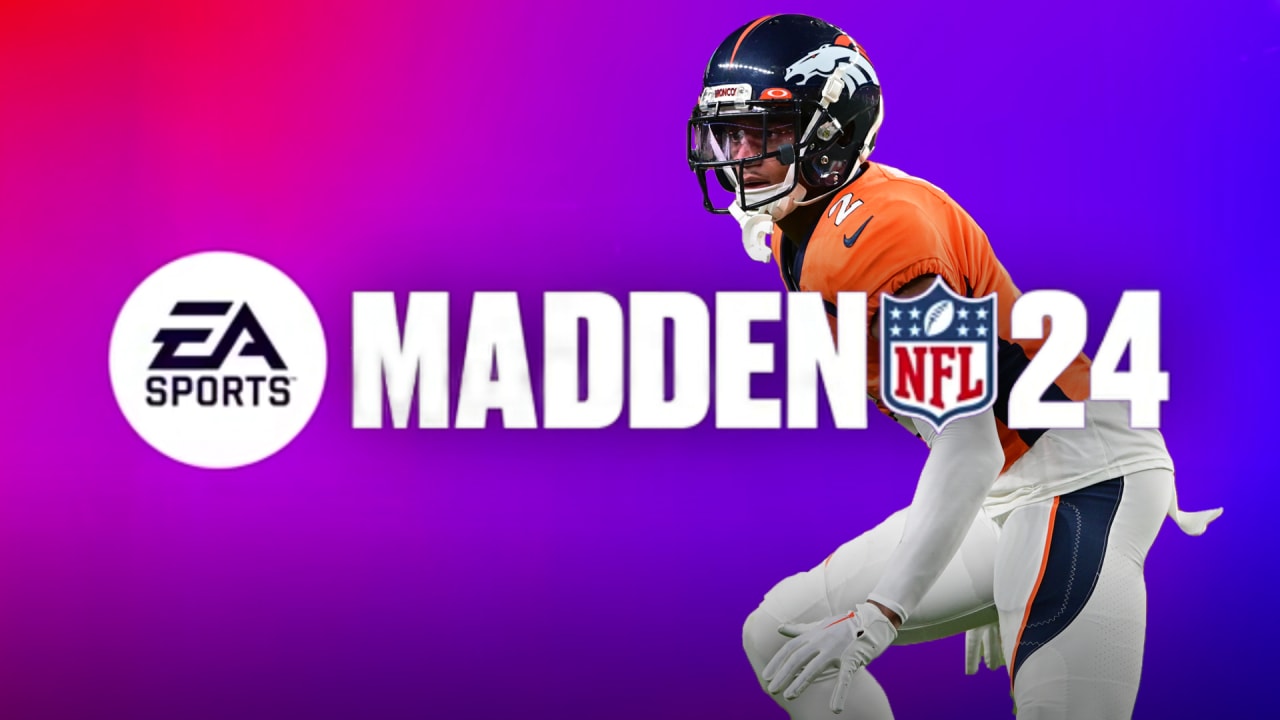To cast videos from YouTube using Chromecast, follow these steps. First, ensure that your device and Chromecast are connected to the same Wi-Fi network. Next, open the YouTube app on your device or visit YouTube.com in a web browser. Look for the Cast button, which resembles a TV screen with a Wi-Fi symbol at the top corner of the app or website.
Tap on this button to view a list of available Chromecast devices on your network. Select the Chromecast device you want to cast to. Once selected, the video will begin playing on the TV connected to the Chromecast. If you want to stop casting, simply tap the Cast Disconnect button.
While casting, you can use your device for other tasks and control playback using the device’s controls. Troubleshoot any sign-in errors that may occur and take note that not all videos are compatible with Chromecast if not approved for mobile playback.
Additionally, videos may start at a lower quality and switch to the highest quality available. Lower the video quality if you encounter buffering or playback issues. If necessary, troubleshoot Chromecast problems as well.
Key Points:
- Ensure that device and Chromecast are connected to the same Wi-Fi network
- Open YouTube app or visit YouTube.com in a web browser
- Look for the Cast button and tap it
- Select the desired Chromecast device from the list
- Video will start playing on the TV connected to Chromecast
- Troubleshoot any sign-in, compatibility, or playback issues
Casting YouTube Videos To Chromecast
Casting videos from YouTube to Chromecast is a seamless process that allows you to enjoy your favorite content on the big screen. To get started, make sure that your Chromecast and the device you want to cast from are connected to the same Wi-Fi network.
With that in place, follow these steps:
- Open the YouTube app on your device or visit YouTube.com using a web browser.
- Navigate to the video you want to cast and start playing it.
- Look for the Cast button, which is a rectangle with a Wi-Fi signal in the bottom-left corner of the YouTube player.
- Tap the Cast button and select your Chromecast device from the list of available devices.
Note that you may need to set up your Chromecast beforehand if you haven’t already. 5.
Once you’ve selected your Chromecast, the video will start playing on the TV or display that is connected to your Chromecast. 6.
If you want to stop casting, simply tap the Cast Disconnect button, which appears as a rectangle with a Wi-Fi signal inside it. 7.
One of the great things about casting is that you can continue using your device for other tasks while the video is playing on the TV.
Troubleshooting And Playback Control
While casting YouTube videos to Chromecast is generally a smooth experience, you may encounter the occasional hiccup. If you run into any sign-in errors, make sure that you are signed into the YouTube app or website with the correct account.
Additionally, ensure that your Chromecast is connected to the same Wi-Fi network as your device.
Once you are successfully casting, you can control playback using your device. You can pause, play, fast forward, rewind, and adjust the volume from the YouTube app or website.
This gives you full control of your viewing experience.
If you encounter buffering or playback issues, you can try troubleshooting by lowering the video quality. Lower quality videos require less bandwidth and are less likely to suffer from buffering problems.
You can do this by tapping on the three dots in the top-right corner of the YouTube player and selecting a lower resolution option.
Maximizing Your Casting Experience
To make the most out of your casting experience, consider the following tips:
- You can create a queue of videos to watch on your TV by adding multiple videos to the TV queue. Simply tap on the Add to Queue button below the video player for each video you want to add.
- You can cast not only from the YouTube app but also from the YouTube Music app and YouTube.com. This gives you the flexibility to cast a wide range of content, ensuring that you never run out of things to watch.
- It’s important to note that while most YouTube videos and embedded videos support casting, some videos may not be available for casting if they are not approved for mobile playback. In such cases, you may need to watch those videos directly on your device.
- When you start casting a video, it may initially play at a lower quality to ensure smooth playback. However, as the video progresses, it will switch to the highest quality available for that video, providing you with the best viewing experience possible.
If you ever experience any issues with your Chromecast, such as connectivity problems or casting difficulties, be sure to consult the troubleshooting guides provided by Google. These guides outline steps to address common issues and ensure that your casting experience remains uninterrupted.
In conclusion, casting YouTube videos to Chromecast is a convenient and enjoyable way to consume content on your TV screen. By following the simple steps outlined above and utilizing the playback controls and troubleshooting options available, you can maximize your casting experience and immerse yourself in a world of endless entertainment.


